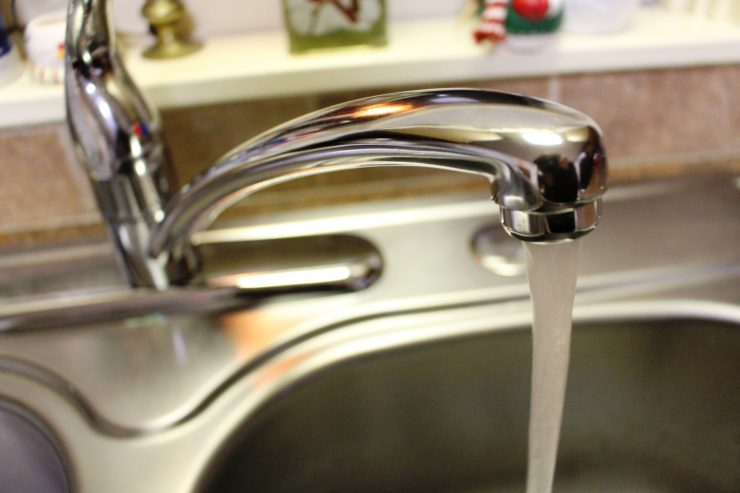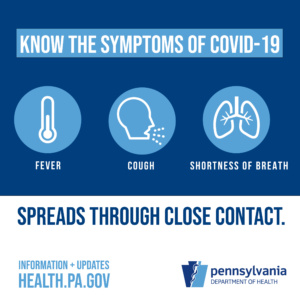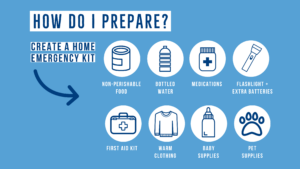High Lead Levels Left Out of Reports to Residents
Lead Tests Only Performed Every Three Years
UPDATE: After publishing this story, LititzDailyNews.com learned that the lead level of a Lititz home far exceeded the federal allowable limit of 15 ppb was omitted from the Lititz Borough Annual Drinking Water Quality Reports for two years, one of which formed the basis for this story. The home’s water tested at 428 ppb, but that result was not published in the Annual Water Quality Drinking Reports reviewed online on the Lititz Borough website. The 428 ppb lead level was obtained by LititzDailyNews.com through a Right-to-Know Law request for documents. The first paragraph of this story has been updated to reflect that high lead value. For the full story, read LEAD LEVEL OF 428 ppb IN LITITZ HOME OMITTED FROM WATER QUALITY REPORT.
LititzDailyNews.com has learned that lead levels as high as 428 ppb (parts per billion) were measured in Lititz drinking water as recent as 2010, but the high lead level was omitted from the annual Consumer Confidence Reports to residents in 2011 and 2012. In 2010, the borough reported the highest value as 9.8 ppb. Lead levels as high as 5 ppb were reported in 2014, according to annual drinking water quality reports published by Lititz Borough.
While both numbers reported by the borough are below the federal limits, researchers at Virginia Tech, who have led the investigation into drinking water lead levels in Flint, Michigan, define high lead levels as those that exceeded 5 ppb. They notified Flint residents when two of the three tap water samples provided from a residence contained more than 5 ppb of lead.
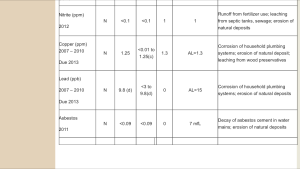
Water quality report that appears to be from 2013 shows lead level of 9.8 ppb in Lititz Borough water. Source: LititzBorough.org.
The Environmental Protection Agency deems 15 ppb of lead to be the Actionable Level which requires notification by water suppliers to residents and action to reduce corrosion, although according to the CDC there is no acceptable lead level in drinking water.
How Often is Lititz Water Tested for Lead?
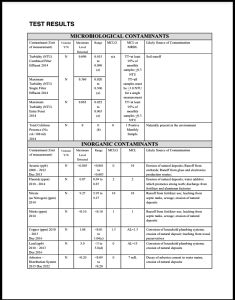
The 2014 water quality report for Lititz Borough shows the highest lead level at 5 ppb. Source: LititzBorough.org
Lead in drinking water can cause severe medical issues including brain damage, especially in infants and children. Given the significant health risks, it may come as a surprise that Lititz water is only tested for lead once every three years. The number of homes that Lititz Borough is required to test for lead in drinking water is surprisingly low, according to state documents: only 20 residences reportedly must be evaluated.
The Lititz Borough Water System is operated by Severn Trent Environmental Services, Inc. The sources of water are wells located in Lititz Borough and Warwick Township. Water from the Lititz Borough system is also provided to parts of Warwick Township through an agreement.
Samples collected are supposed to be obtained from high-risk residences to be representative of the lead levels in the community. But what defines a high-risk home?
Is Yours a High-Risk Home?
Lititz Borough sent a special notice to residents prior to measuring lead and copper levels in drinking water in 2013 asking those who were interested in having their water sampled to contact a Severn Trent representative.
In that notice, residents were informed that homes which meet the criteria for possible lead and copper contamination include: 1) Single-family residences built between 1982 and 1985 with copper pipe and/or 2) homes of any age that have lead pipe, partial or complete lines. Offices and apartments are not taken into consideration.
“You may think that your home does not fit these criteria; but your water may still contain lead or copper because of a lead goose neck connection to the water main in the street,” the notice from Lititz Borough states.
Lead enters drinking water primarily through plumbing materials, most usually through corrosion of pipes, solder, fixtures, and fittings, according to a pamphlet published by the EPA. Homes featuring lead service lines, copper pipes with lead solder, brass fixtures, and others may be at higher risk for elevated lead levels.
“The amount of lead in your water also depends on the types and amounts of minerals in the water, how long the water stays in the pipes, the amount of wear in the pipes, the water‛s acidity and its temperature,” according to the EPA pamphlet.
Lead levels can “vary from house to house,” according to a recorded message on the United States Environmental Protection Agency (– USEPA) Safe Drinking Water Hotline, 1-800-426-4791.
Why then, are so few residences tested, and why are they tested so infrequently?
How Often are Lead Levels Measured in Lititz?
Testing lead levels every three years is allowed by state and federal regulation if the quality of water tested meets certain specifications, like not exceeding the Actionable Level of lead for three consecutive years (15 ppb).
The 2014 Annual Drinking Water Quality Report for Lititz shows that lead was found in Lititz drinking water as recently as 2013, the last time that lead levels were required to be tested in the community. Lead levels in drinking water in the borough are not due to be tested again until 2016.
Under current regulations, the Lititz Borough water supply would reach Actionable Level if over ten percent of homes tested positive for lead levels in at or above 15 ppb. Based on the state documents available at press time, If only 20 borough homes are tested, only two homes would need to be over the allowable lead limit for borough residents to be notified and corrective measures put in place by the borough. The state EPA was contacted for confirmation of those figures on Friday afternoon, but no response was received by press time. Once information is received, we will update the story.
But lead isn’t the only toxic metal that Lititz Borough needs to keep an eye on: copper is also a concern. The Actionable Level (AL) for copper is 1.3 ppm, and the results pictured on the 2013 water quality report above showed levels in Lititz only .05 away from that threshold, at 1.25 ppm. The highest copper level listed on the 2014 report is 1.04 ppm. Both copper and lead are due to be measured this year.
Nitrates are also a concern for consumers of Lititz Borough Water, as high levels have been reported in the past. Nitrates in the local water supply will be addressed in a future article here on LititzDailyNews.com.
How to Minimize Lead Risk and Exposure
The EPA recommends the following guidelines in their brochure Is There Lead in My Drinking Water:
- Run the tap before each use until you feel the water temperature change
- Don’t consume water that has been in the pipes of your home for more than 6 hours.
- Some faucet and pitcher filters can remove lead. Look for certification by the NSF International for lead removal on the package.
- Do not use hot tap water to mix infant formula
Should You Test Your Water?
Our next story in this series will be on whether you should have your water tested, how much it costs, and where you can have that testing done locally. Register your email address to receive LititzDailyNews.com stories for free by clicking here. If you have concerns about your drinking water and want to have it tested, or if you have already had your water tested for lead by the borough or an independent lab, email [email protected].
